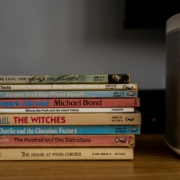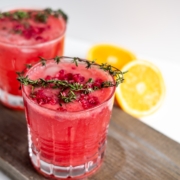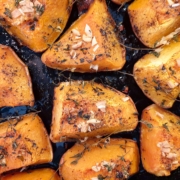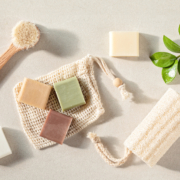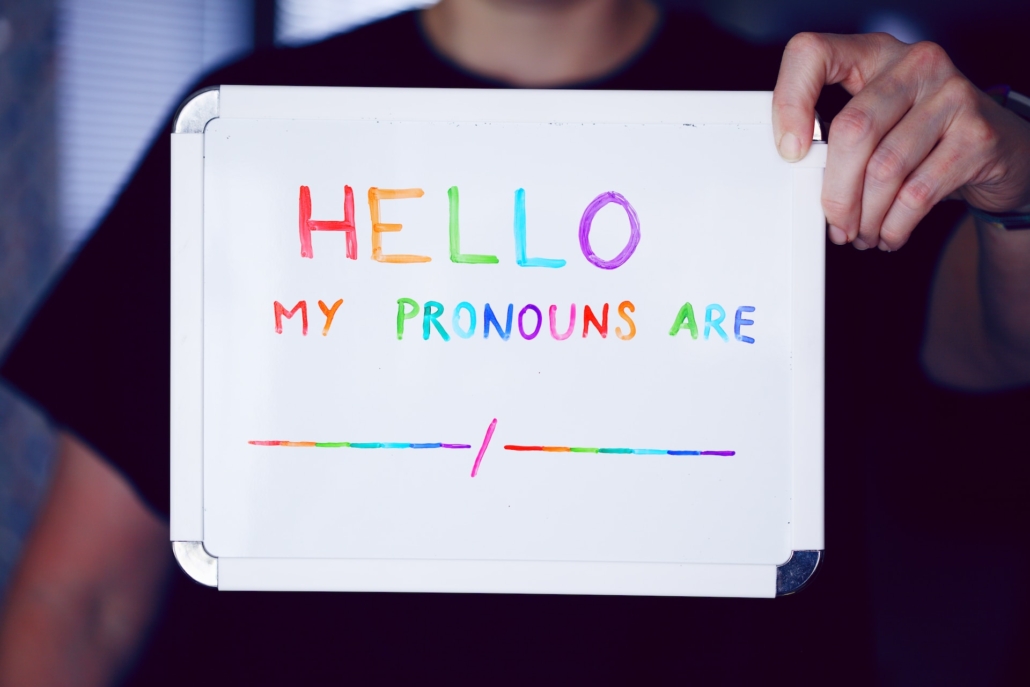Today marks the start of Pride Month 2023, a time to celebrate, support and raise visibility of the LGBTQIA+ community. So, as a cisgender woman and as part of my own journey to becoming a better ally, I’ve been looking into the importance of gender identity and what it means to me.
What can I do to break unconscious biases about gender identity?
To encourage a shift in prejudices, homophobic and transphobic attitudes and behaviour we all need to pave the way for positive change. As a start I’ve been doing some self-reflection so I can personally start challenging those old, out-dated stereotypes that exist within our wider society.
First, I wanted to make sure my understanding of the difference between the terms ‘sex’ and ‘gender’ is right. Whereas sex is biological (male, female or intersex as assigned at birth), gender is something much more fluid that can change over time and covers a vast spectrum of different identities.
It’s important to recognise how, through unconscious bias, we all automatically make assumptions about gender, like how an individual should look or behave. From my experience, these initial assumptions are rarely correct.
If you’re unsure about a person’s gender identity and want to avoid offending them, you could listen to how they refer to themselves and follow their lead. It can be tricky to ask about someone’s pronouns outright, so make sure you gauge if it’s appropriate and always ask authentically and with kindness. Hopefully they’ll feel comfortable to share. Better still, introduce yourself with your own pronouns first – most of the time people will respond with theirs.
As an ally, including my pronouns in my professional work profile (email signature, internal directory page and LinkedIn profile) is a small but important step I’ve taken to show my support and allyship with my LGBTQIA+ colleagues.
Although not a legal requirement, employers like mine recognise the importance of giving people the freedom to display their gender identities as part of their professional profiles.
They’re helping create a safe space where don’t feel marginalised and can truly be themselves. And by sharing my own pronouns, I hope it will encourage others in my organisation and my wider professional network to follow suit!
Small changes can make a big difference
Small changes like this can help pave the way for bigger changes to be made in the Equity, Diversity and Inclusion (ED&I) space.
So, the next time I attend a work event, I’ll be adding my pronouns to my name badge and weaving them into any introductions.
‘Hi, my name’s Melissa. My pronouns are ‘she/her’.

